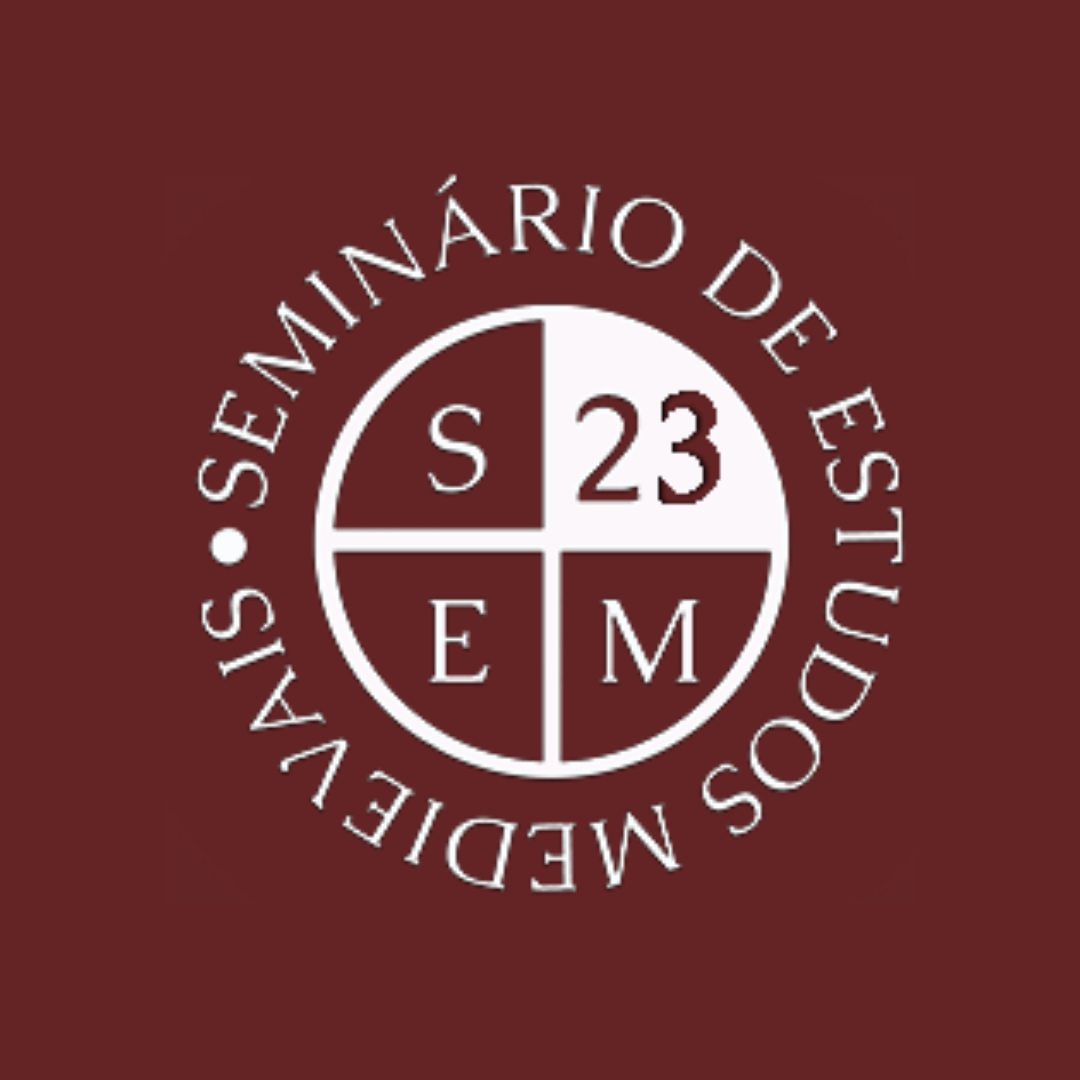Seminar in Medieval Studies: “La contribución de la Iglesia durante la Baja Edad Media: hacia un proyecto europeo” – Esther Tello Hernández
29.03.2023 | 16:00
Sessão Zoom

During the Middle Ages, the Church was a universal institution in Western Europe, which placed itself above kingdoms, lordships, and other political entities. Medieval society, practically as a whole, considered divine worship and the salvation of the soul one of its main priorities. This fact explains why the ecclesiastical institution was a beneficiary and accumulated enormous wealth from all corners of the territory and the most varied social strata. Thanks to the periodic taxes established, proportionally, on the income of ecclesiastics by the papacy from the 13th century onwards, we can see how this wealth was distributed across European geography, with the advantage of being able to compare different kingdoms subject to the same taxation. This provides us with a general indicator of the spatial distribution of wealth, which helps us to reconstruct the dynamics of its accumulation and transfer.
Based on these premises, the objective of the communication is to analyze the different forms of ecclesiastical taxation to understand historical phenomena such as the late-medieval crisis, urban development, or phenomena of north-south differentiation. For this, the territories of the former Crown of Aragon during the final centuries of the Middle Ages will be taken as an example and special attention will be paid to tax sources comparable to those that exist in many other European territories. These sources are a reflection of the charitable system that underpinned the ecclesiastical fiscal framework developed across Europe from the 13th century onwards. In this context, taking advantage of the research internship at the Institute of Medieval Studies (IEM – NOVA FCSH), it will be determined whether the themes addressed here and the methodology used can be applied to Portuguese territory.
Biographical information:
Esther Tello Hernández, Ph.D.in History with European mention from the University of Zaragoza (2017). Through a competition to hire young doctorates, between March 2018 and June 2019 Esther Tello Hernández was a postdoctoral researcher at the Escuela Española de Historia y Arqueología en Roma (EEHAR, CSIC-Roma), where she studied the configuration of the pontifical treasury in Corona of Aragón during the Avignon papacy. In July 2019 she joined the Department of Medieval History at the University of Valencia (UV) as Juan de la Cierva Formación (2019-2021) and in November 2021 obtained a postdoctoral contract from the Generalitat Valenciana (APOST 2021), at the same center, to develop a project about public servants and audit accounts in the late-medieval Crown of Aragon (2021-2022). Since May 2022, through a contract with Juan de la Cierva Incorporación, Esther Tello Hernández has been linked again to the IMF’s Department of Medieval Studies, CSIC (2022-2025).
Her lines of research are applied to the study of taxation and finance in the Crown of Aragon during the late medieval period, an area that has led her to analyze mainly the ecclesiastical contribution to the demands of the monarchy of the Crown of Aragon and the papacy, within the framework of the building and consolidating the royal and pontifical treasures. Likewise, it investigates the crown’s administrative and bureaucratic apparatus and, mainly, the rational master’s audit system and its accounting instruments. Finally, it focuses on the study of the distribution of the wealth of the Church and the inequality of the clergy in the Crown of Aragon to explore also, and from there, the European context. In June 2022, under the State Research Plan (Generación de Conocimiento-2021), she received funding from the Ministry of Science and Innovation to be the Principal Investigator of the project “La riqueza de la Iglesia y el desarrollo del territorio (Corona de Aragón, siglos XIII-XVI)” (ref. PID2021-126684NA-100). This project aims to demonstrate how, through the study of papal and royal fiscal sources, it is possible to observe the dynamics of accumulation and transfer of wealth in the Church in different contexts and scales; dynamics that, incidentally, turn out to be first-rate economic indicators for understanding the cycles of crisis and late-medieval recovery. She was also awarded an emerging project by the École Française de Rome (call Impulsion 2021) “La richesse de l’Église: indicaurs économiques d’une Institution universelle (sud de l’Europe, XIVe-XVe siècles)”.
